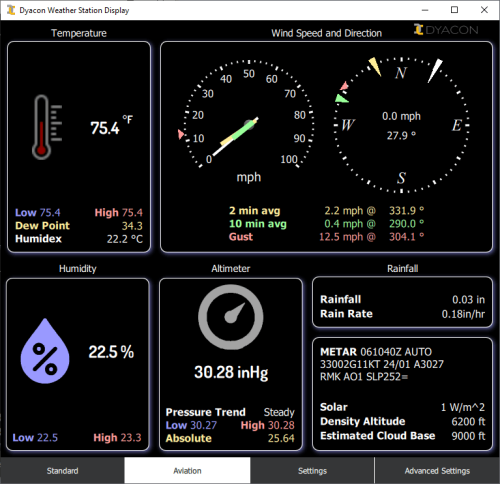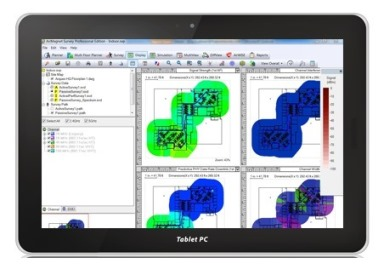
In addition, satellite systems have significant resource constraints, especially for small satellites, which are envisioned to be part of the future CDSS. When clock or local oscillator signals are generated locally at each of the distributed nodes, achieving exact synchronization in absolute phase, frequency, and time is a complex problem. However, they have to meet strict synchronization requirements before their use is generalized. We experimentally demonstrate wireless time synchronization using a single pulse 40$\,$MHz two-tone waveform over a 90$\,$cm 5.8$\,$GHz wireless link in a laboratory setting, obtaining a timing precision of 2.26$\,$ps.Ĭohesive Distributed Satellite Systems (CDSS) is a key enabling technology for the future of remote sensing and communication missions.

We also describe a technique for determining the true time delay using the ambiguous two-tone matched filter output, and we compare the time synchronization precision of the two-tone waveform with the more common linear frequency modulation (LFM) waveform.

We use a spectrally sparse two-tone waveform, which obtains approximately optimal time estimation accuracy, in a two-way time transfer process. In this paper we address the challenge of high precision time synchronization to align the operations of elements in a distributed antenna array and to overcome time-varying bias between platforms due to oscillator drift. Achieving good performance in distributed antenna systems requires stringent synchronization at the wavelength and information level to ensure that the transmitted signals arrive coherently at the target, or that scattered and received signals can be appropriately processed via distributed algorithms. Finally, a compilation of current research activities and potential research topics is proposed, identifying problems and open challenges that can be useful for researchers in the field.ĭistributed antenna arrays have been proposed for many applications ranging from space-based observatories to automated vehicles. The survey also provides a discussion on emerging data-driven synchronization techniques based on Machine Learning (ML). This article also provides an extensive list of applications and examples of synchronization techniques for DSSs in addition to the most significant advances in other operations closely related to synchronization, such as inter-satellite ranging and relative position. Then, the synchronization methods reported in the literature are reviewed and categorized. First, some important architecture and system concepts are defined. In this context, this survey aims to summarize and categorize the most relevant results on synchronization techniques for Distributed Satellite Systems (DSSs). Thus, the development of precise, robust, and resource-efficient synchronization techniques is essential for the advancement of future CDSSs. In addition, satellite systems have significant resource constraints, especially for small satellites, which are envisioned to be part of the future CDSSs. This work has a wide range of applications, including transmit (TX) beamforming, distributed sensor localization, and coherent multistatic/multiple-input–multiple-output (MIMO) radar imaging for autonomous sensor swarms.Ĭohesive Distributed Satellite Systems (CDSSs) is a key enabling technology for the future of remote sensing and communication missions.

The proposed methodology is validated in simulation and tested in field experiments using a three-sensor network. The method is decentralized and does not rely on a hierarchical master–slave structure, making it robust to sensor dropout in contested or harsh environments. Total transmissions, making this method efficiently extendible to larger sensor networks.

#Wireless network radar software full
Sensor network, the proposed protocol results in each sensor having full knowledge of baseband clock offsets, RF carrier phase offsets, and pairwise RF time of flight to subnanosecond precision for the entire network after
#Wireless network radar software software
The proposed method achieves subnanosecond synchronization using low-cost commercial-off-the-shelf (COTS) Universal Software Radio Peripheral (USRP) software-defined radios (SDRs) and is implemented entirely in software without the need for custom hardware or atomic clocks. In this article, we present a distributed and decentralized synchronization algorithm for wireless sensor networks (WSNs).


 0 kommentar(er)
0 kommentar(er)
